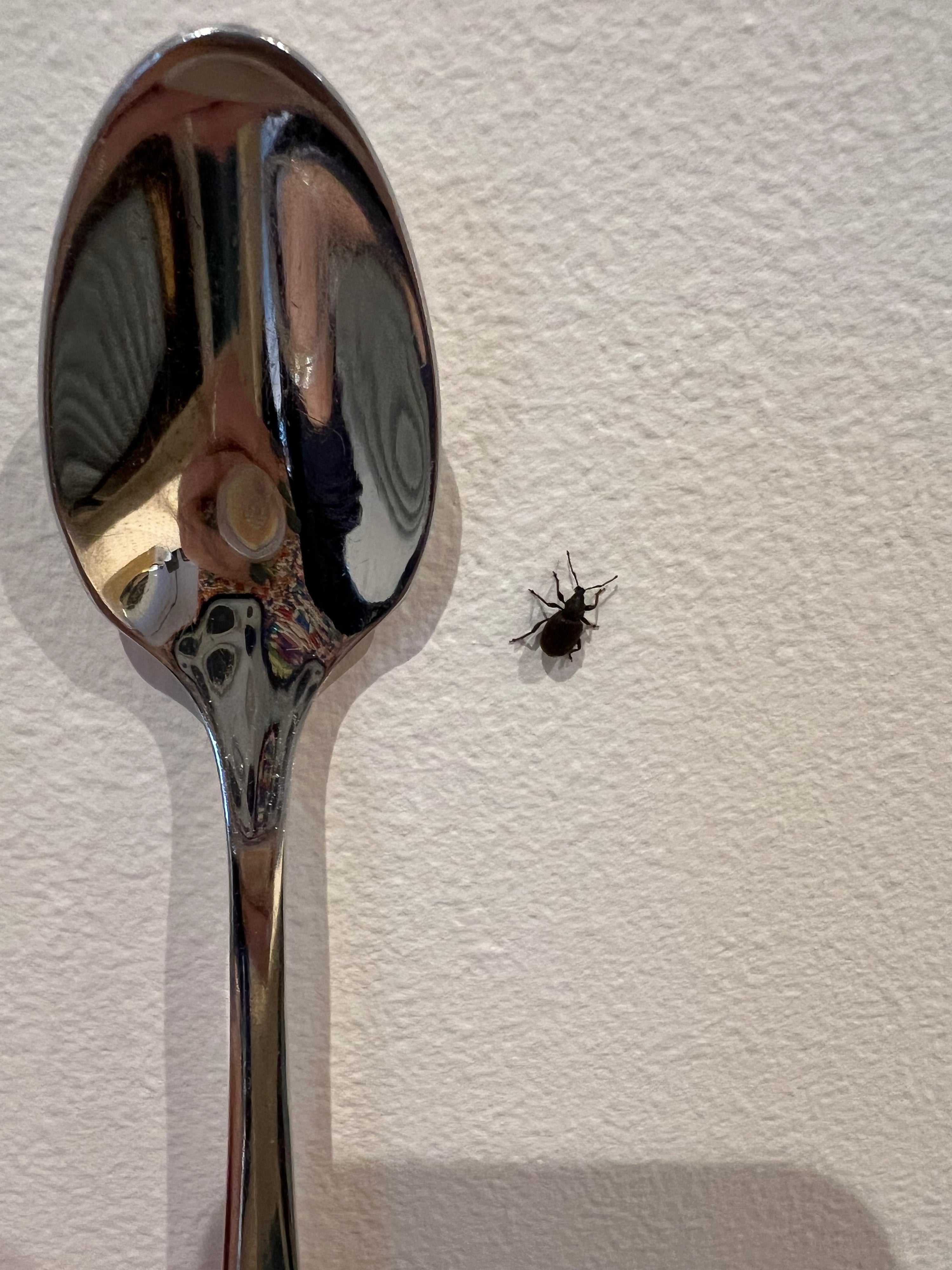
Houseplants bring beauty and vitality to our homes, but their well-being can be threatened by various pests. One formidable adversary that can wreak havoc on your indoor greenery is the notorious Vine Weevil (Otiorhynchus sulcatus). In this guide, I'll delve into the world of Vine Weevils, understanding their life cycle, identifying signs of infestation, and giving you an organic solution to these tricky pests.
Understanding Vine Weevils:
Vine Weevils are small, dark beetles that target a wide range of plants, both indoors and outdoors. The adult beetles, measuring around 1/4 to 1/2 inch in length, are generally nocturnal and known for their characteristic "snout." However, it's the larvae stage that poses a more significant threat to your houseplants.
Life Cycle:
1. Egg Stage: Female Vine Weevils lay their eggs in the soil during the spring and summer months (this can happen all year in heated conditions).
2. Larvae Stage: Once hatched, the larvae, often called "grubs," feed on the plant roots. This stage is the most damaging to houseplants.
3. Pupa Stage: After completing their development, the larvae pupate in the soil.
4. Adult Stage: Emerging from the pupa, the adult Vine Weevils start the cycle anew.
Signs of Infestation:
1. Wilting and Yellowing Leaves: As the larvae feed on the plant roots, the first visible signs are wilting and yellowing leaves.
2. Notched Leaf Edges: Adult Vine Weevils often leave distinctive, U-shaped notches along the edges of the leaves. The leaves can end up looking like jigsaw pieces!
3. Visible Larvae in Soil: Inspecting the soil around the base of the plant may reveal the presence of white, larvae which are often curles in a C-shape.
Preventive Measures:
1. Quarantine New Plants: Before introducing new houseplants to your collection, isolate them in a separate room to other plants to monitor for potential pests.
2. Well-Draining Soil: Vine Weevils prefer damp conditions, so using well-draining soil can discourage their presence.
3. Regular Inspection: Periodically inspect your houseplants, especially around the base and near the soil surface, for signs of Vine Weevils.
Combatting Vine Weevils:
Nematode treatment - this treatment kills the larvae and is watered into the soil. You can find it here. Your soil needs to be above 5 degrees C for the treatment to work.
Traps - during the warmer months (when adult populations are high) you can use traps to control the adults. You can find more about these here.
SHOP ALL VINE WEEVIL CONTROLS
Conclusion:
Vine Weevils may pose a serious threat to your beloved houseplants, but with vigilance and proper management, you can effectively control and prevent infestations. By understanding their life cycle, identifying signs of an infestation, and implementing preventive measures, you can ensure that your indoor green oasis thrives pest-free.
Not Vine Weevil? Find out what's bothering your plants.


